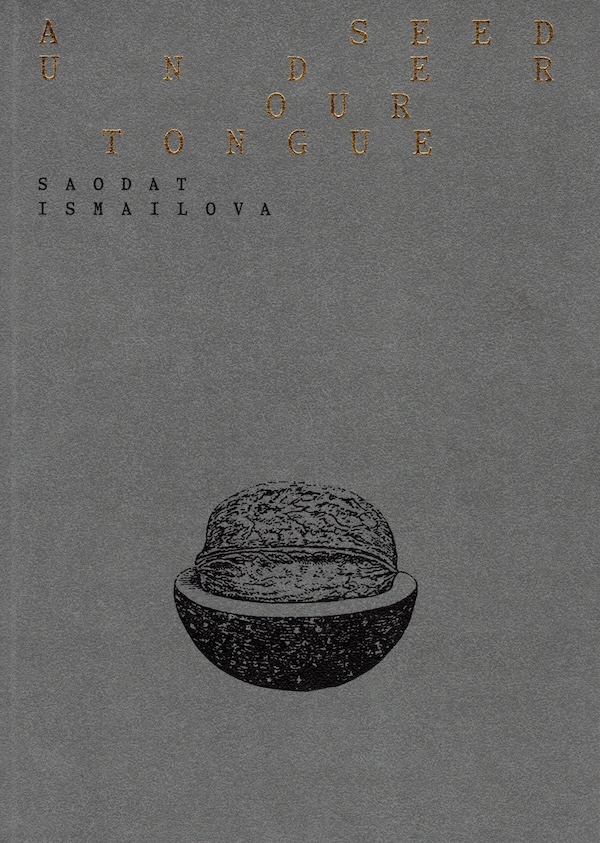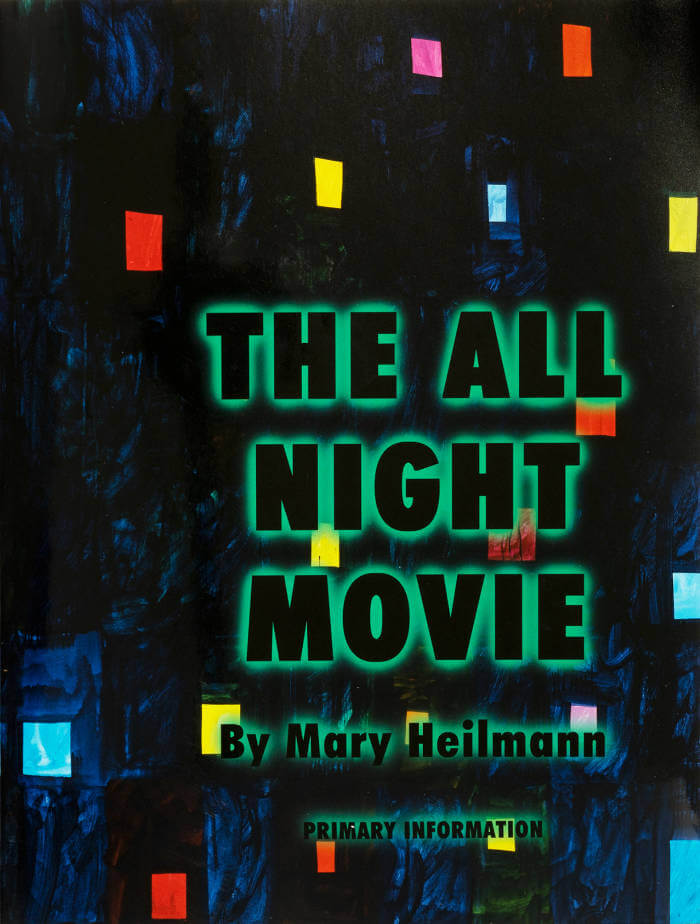
Verlag der Buchhandlung Walther König
Amelie Von Wulffen: Works 1998-2016
A monograph on the German painter Amelie von Wulffen (born 1966).
For more than 20 years, the artist has been developing a formally and stylistically diverse oeuvre (including collages, installations, animated films, drawings, sculptures and paintings) that possesses a remarkable thematic consistency. Amelie von Wulffen: Works 1998-2016 shows the artist returning again and again to the process of coming to terms with the repercussions of German cultural history. These heavy themes are lightened by an acid humor, most obvious in Wulffen's drawings and comics, which spares no sacred cows. Richly illustrated with texts by Bernhart Schwenk and Amy Sillman, Amelie von Wulffen: Works 1998-2016presents the painter as a role model for a younger generation of artists.







